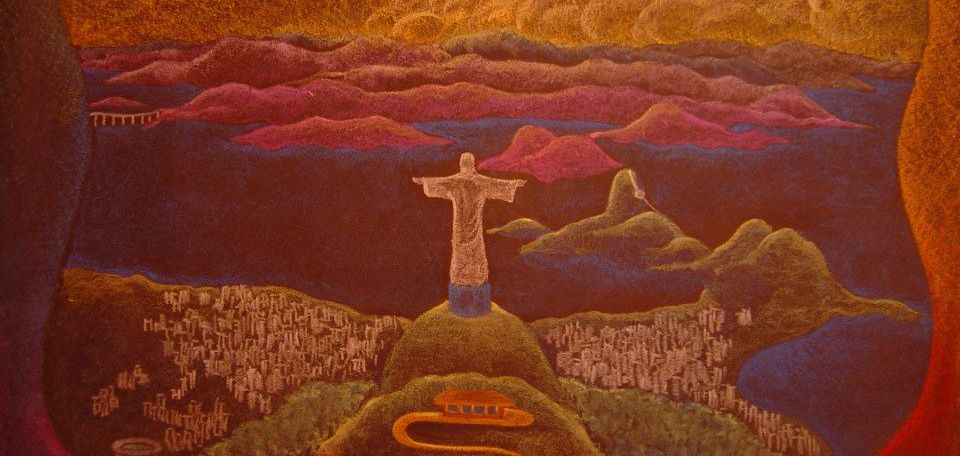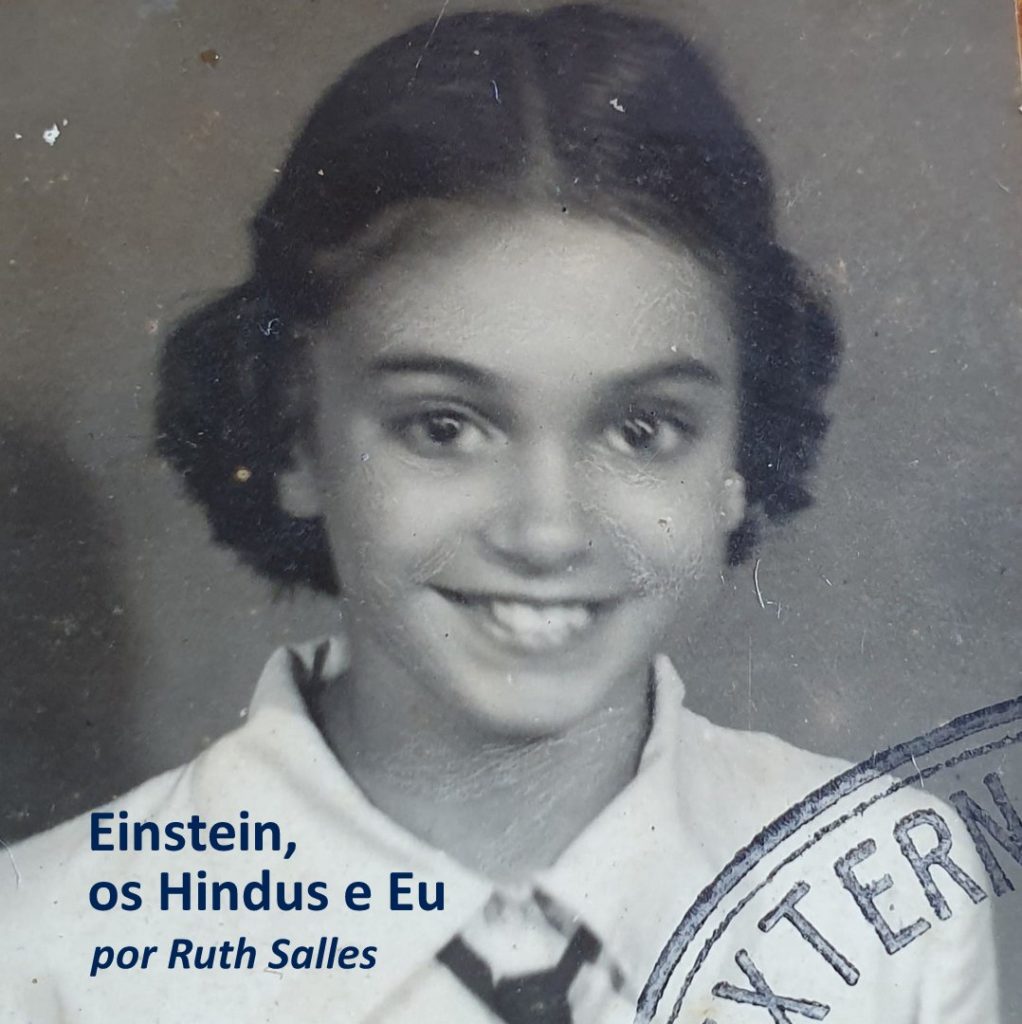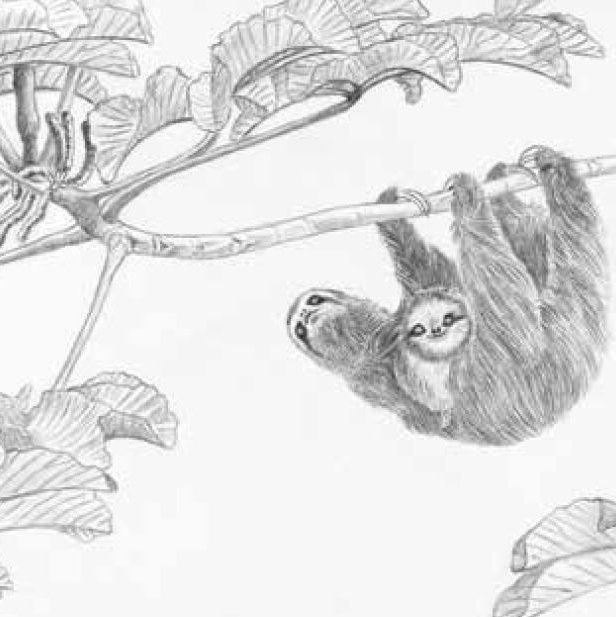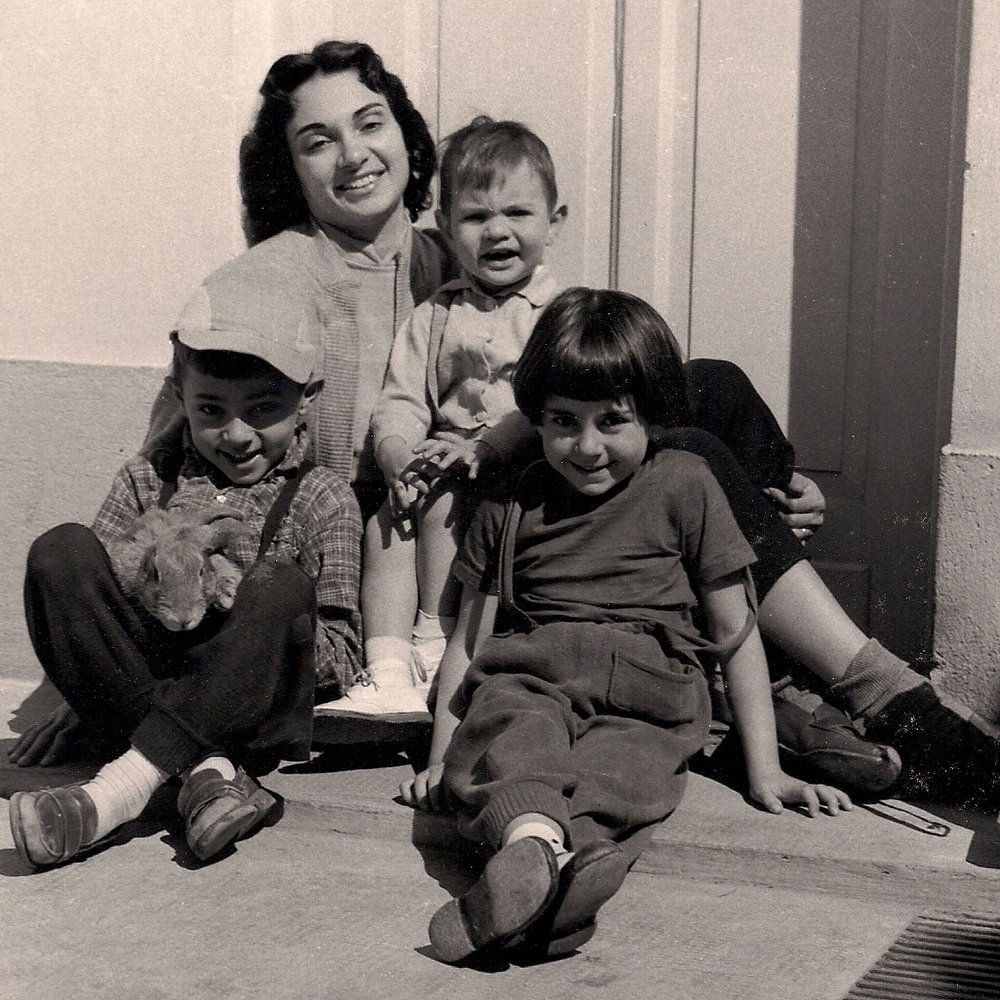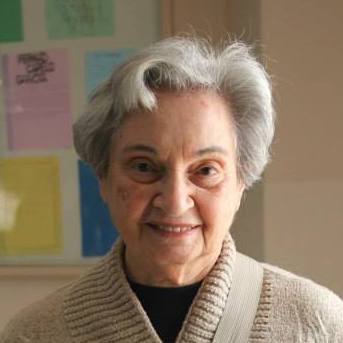by Ruth Salles
.
Some time ago I delved into Fritjof Capra's book "The Tao of Physics" and read about the difference between classical physics and quantum physics: Newton's universe, made up of material atomic particles, and the universe of later physicists made up of wavelets. subatomic. They even made fun of Einstein (not in this book), saying that, for him, the universe was made up of particles on Mondays, Wednesdays and Fridays, and of waves on Tuesdays, Thursdays and Saturdays. To see how the physicists' heads suffered with the new discoveries. Mine, then, without being a physicist's head, spun like a top.
But, even with my head spinning, or because of that, the following idea came to me:
The LANGUAGE with which we communicate, or even with which we express our thoughts, is still the language of the mind full of representations of concrete reality, seen and felt, that we manage to absorb.
But, the LANGUAGE that speaks of the Great Truth that lies at the base of everything, ah, that language does not fit in the words that all people are used to uttering.
Maybe that's why Orientals use mantras, sequences or syllables with internal forces.
Maybe that's why, many years ago, I felt that, when thinking about each family member or friend, I should sing intuiting a sequence of sounds for each one. Not in your presence, but mentally, to “water and make bloom” your inner truth. I felt, then, that each one needed a different sequence of sounds.
Is there really any sense in all this? Who knows?
****


